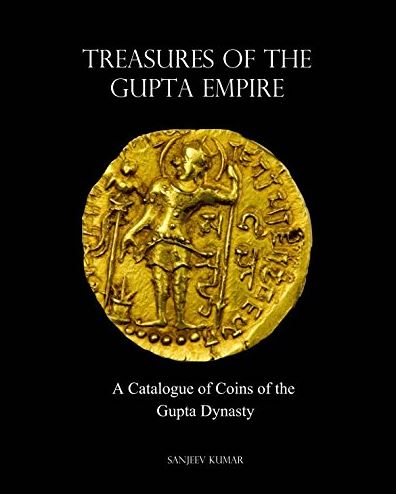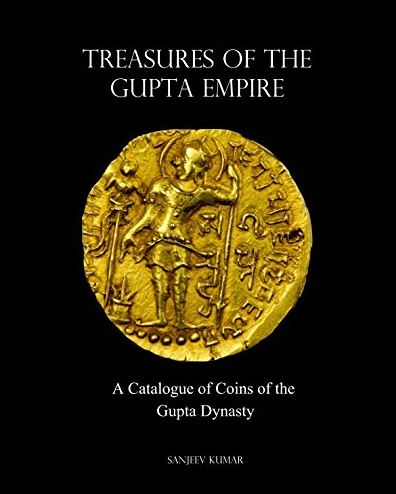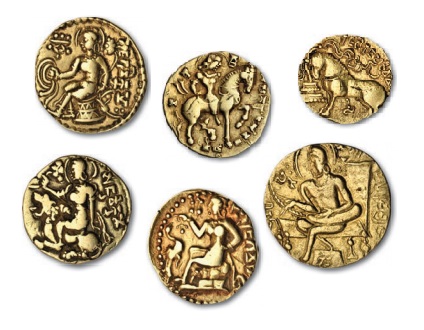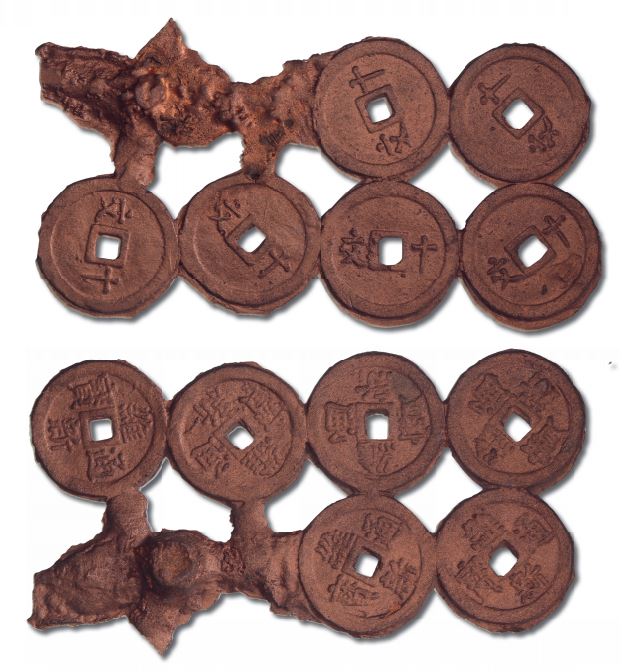INSIDER 29 | SPECIAL FEATURES | ‘Treasures of the Gupta Empire’, a new book by Sanjeev Kumar


By Barbara Mears
While coins have been made for over 2000 years in India, none have matched the coins of the Gupta Dynasty, issued between the 4th and 6th centuries AD for sheer beauty. The Gupta era is the period that most Indians consider to be the golden age, when art and literature reached its apogee. It was a time when a ruler was defined by his perfection in all things: poetry, music, the arts of love and war, and elegance of attire. The Gupta coins that have come down to us reflect this ideology perfectly.

A surprising fact is that while these exquisite coins have been known about and appreciated by more sophisticated collectors for many years, a full colour catalogue of them has never yet been published. Perhaps this is due to their complexity; for example it would help to understand why a king slaying a lion, or playing a lyre, or a queen feeding grapes to a peacock, was important enough to the courtly tradition to be depicted on the coins. Another mystery is the magnificent horse that appears on some issues. It helps to know that at the start of each reign a stallion was set free from the new ruler’s stables and wherever it roamed the land was conquered for the new regime. At the end of a year it became the focus of an elaborate ceremony, the success of which established if a king was worthy of power and respect.
It is true to say that it is a long awaited work, sure to be popular among all collectors of Indian and Classical coins. When one considers how academic research and numismatic discoveries have moved on since the last publication of this type in 1957 it is not surprising that the coins of the Guptas have been somewhat neglected by collectors in recent years. This book provides a comprehensive catalogue of the gold, silver, copper and lead coins of the Gupta Dynasty, later Guptas and Sasanka coinage of Bengal. It is illustrated in full colour, and goes behind the mere cataloguing of the coins to give a historical account of the dynasty with analysis of why the different designs and legends were chosen for each ruler. It also delves into the subject of metallurgy and metrological analysis to give a rounded picture of the formation and manufacture of the coinage.
We are hoping that Sanjeev Kumar’s new work, available at Spink, will serve to place these wonderful coins where they belong: key pieces in the cabinets of every collection of Indian and Classical coins.




